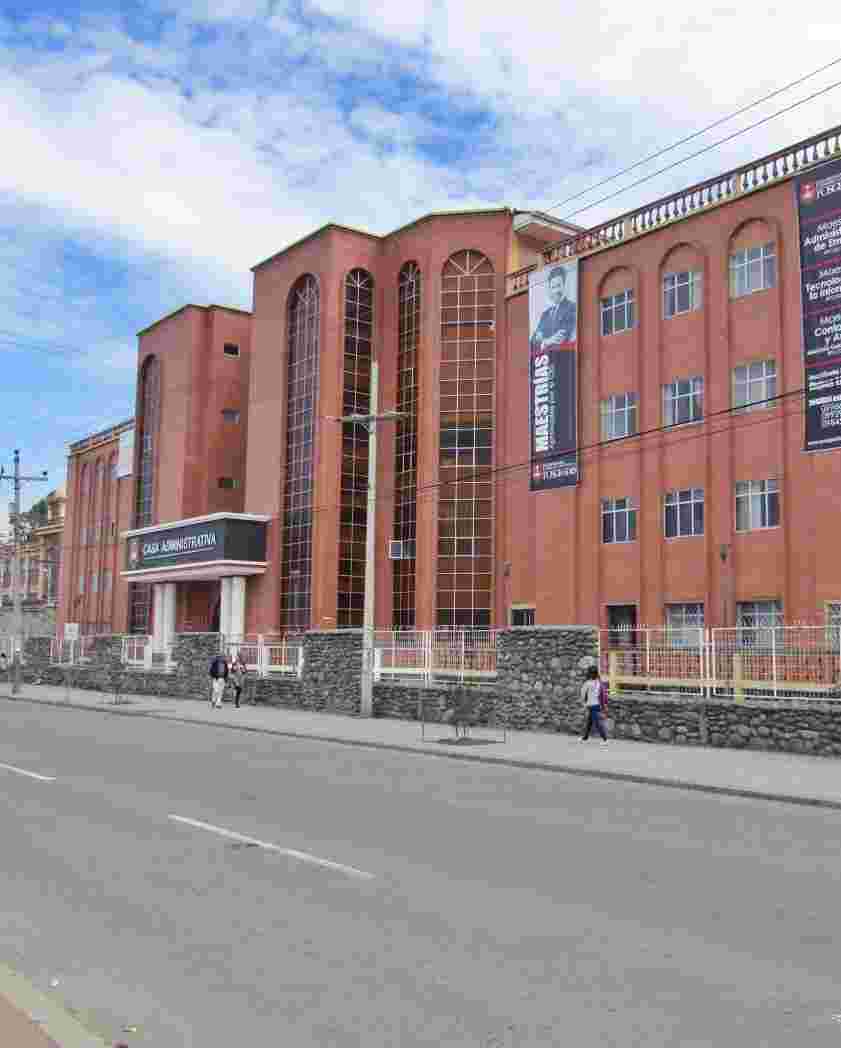Examinando por Autor "Matute Orellana, Paola Sthefany"
Mostrando 1 - 1 de 1
- Resultados por página
- Opciones de ordenación
Ítem Solo Metadatos Cirugía refractiva (CR) láser corneal, una comparación entre LASIK y PRK(Universidad Católica de Cuenca., 2023) Matute Orellana, Paola Sthefany; Cervantes Anaya, Luis Alberto; 0106459779Background: Laser vision correction for refractive errors includes two main procedures: laser in situ keratomileusis (LASIK) and surface treatment. Photorefractive keratectomy (PRK) was the first surface treatment introduced since the late 1980s. In this photoablation procedure, the ultraviolet beam generated by a 193-nm argon fluoride excimer laser is irradiated into the corneal stroma, after epithelial excision, to reshape the anterior corneal stroma to correct ametropia. Objective: To compare the LASIK VS the PRK technique, with respect to corneal laser refractive surgery (CR). Methodology: A narrative-type bibliographic review was carried out, searching in different scientific databases such as SpringerLink, PubMed, Dialnet, Scopus, Sciencedirect, Scielo, Medline. For the keywords or search terms, the Descriptors in Health Sciences (DeCS)/(MeSH) were terms, and, in addition to the use of Boolean operators such as "AND" and "OR". After the eligibility criteria, 15 articles were analyzed and included in the analysis of this review. Results: Of the 15 articles used, and based on the objectives, the result is that both LASIK and PRK are safe and effective procedures, due to prompt visual recovery, good refractive results, and postoperative period with minimal discomfort. Mitomycin C application helps reduce the risk of corneal haze, similarly between the two techniques. Regarding complications, corneal ectasia, striae, folds, flap dislocation, interface deposits, infection, diffuse lamellar keratitis, among others, were found. Conclusions: Laser surgery (CR) is a safe and effective procedure, in any of the applied techniques. What has helped to improve the results of these techniques is the application of the MMC which, both in LASIK and PRK, helps to improve predictability and significantly reduces corneal haze, as the most common complication; in this regard, corneal ectasia, dry eye and keratitis, which, although rare, deep knowledge of the complications can help reduce their appearance, and early identification with adequate treatment in time can save these eyes of vision loss.




